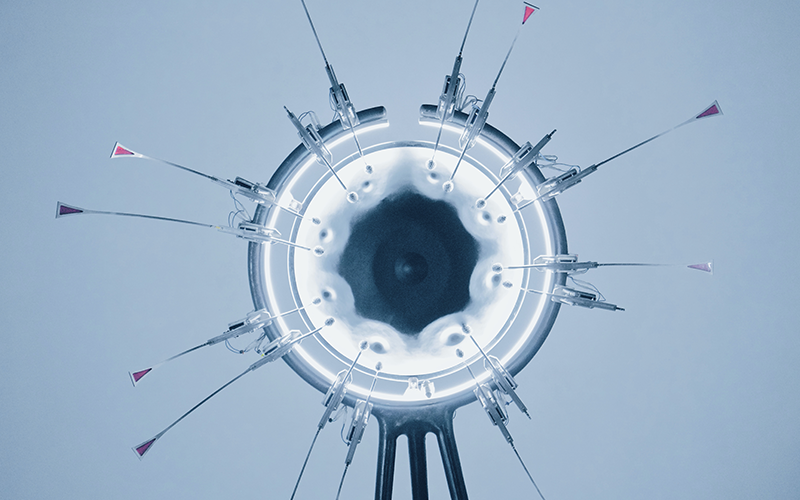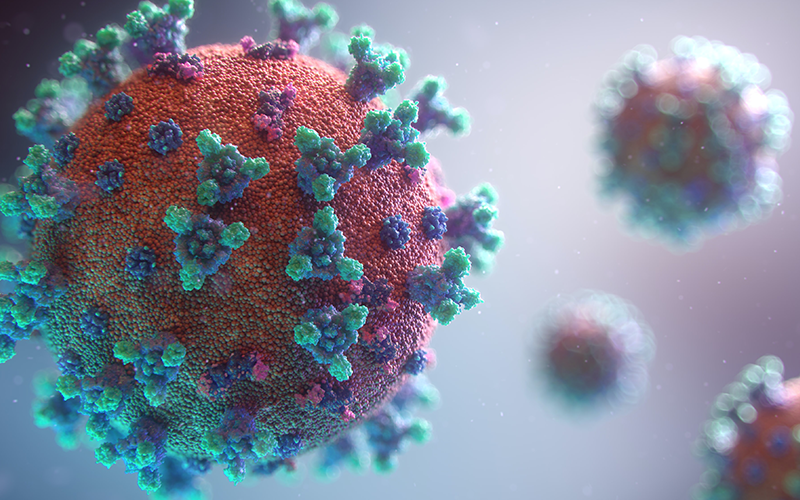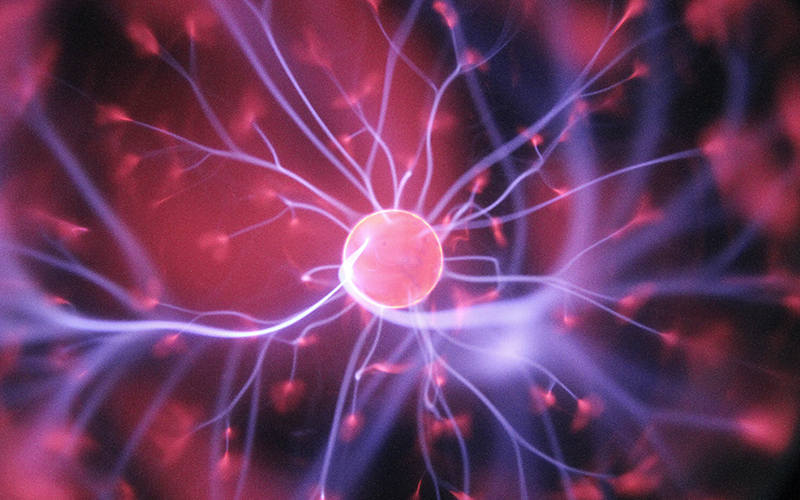Boron neutron capture therapy (BNCT) was frst proposed as early as 1936, and research on BNCT has progressed relatively slowly but steadily. BNCT is a potentially useful tool for cancer treatment that selectively damages cancer cells while sparing normal tissue. BNCT is based on the nuclear reaction that occurs when 10B capture low-energy thermal neutrons to yield high-linear energy transfer (LET) α particles and recoiling 7Li nuclei. A large number of 10B atoms have to be localized within the tumor cells for BNCT to be efective, and an adequate number of thermal neutrons need to be absorbed by the 10B atoms to generate lethal 10B (n, α)7 Li reactions. Efective boron neutron capture therapy cannot be achieved without appropriate boron carriers. Improvement in boron delivery and the development of the best dosing paradigms for both boronophenylalanine (BPA) and sodium borocaptate (BSH) are of major importance, yet these still have not been optimized. Here, we present a review of this treatment modality from the perspectives of radiation oncology, biology, and physics. This manuscript provides a brief introduction of the mechanism of cancer-cell-selective killing by BNCT, radiobiological factors, and progress in the development of boron carriers and neutron sources as well as the results of clinical study.



